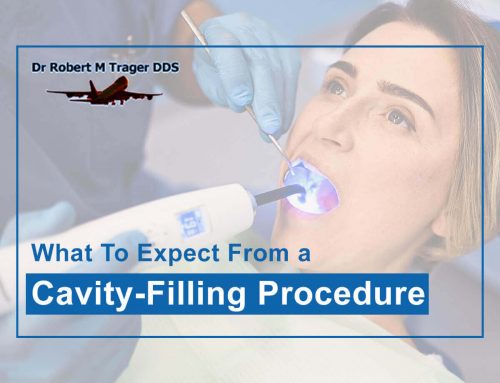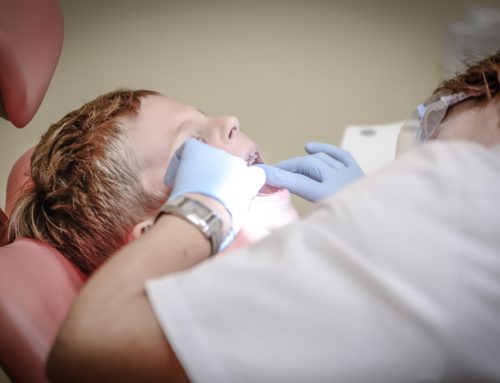
Whatever the reason, this can’t be brushed or flossed off – you need to go to a dentist. After examining you and doing a Comprehensive Periodontal Evaluation (CPE), the dentist will likely tell you that you need a deep cleaning… though they may use the term “scaling and root planing.” It’s the same thing.
When the dentist does the CPE, they use a probe to measure the space between the pockets of your gums. If the space is more than four millimeters, that is usually a sign of gum disease.
To put it in a nutshell, the dentist or specialist will clean your teeth like a normal dental visit, but they will go below the gumline this time. Here’s all you need to know about deep cleanings.
Scaling
The first thing that needs to be clarified here is that this is a non-surgical procedure. When you come to the office, the dentist will discuss your medical history and make sure that there are no conditions, like being immune-suppressed, or if you’re taking blood thinners. They will adjust the plan accordingly. They want to avoid getting bacteria in your bloodstream, since that can cause other conditions down the road.
Now… the process. First up is scaling. They clean the tartar from the gumline and below it. They do this as thoroughly as possible since they do not want the plaque and tartar to recur in the future.
Root Planing
Root planing is when they smooth the roots of your teeth. There are a variety of ways that the dentist may be able to conduct this part of the procedure. Lasers are a possibility, and some like this because there is less blood and swelling than with the conventional items like scalers or ultrasonic cleaners. Your dentist has to be specifically trained on how to use the lasers though.
At the end of this, sometimes your dentist will also add antimicrobials to kill bacteria that is under the gumline. It depends on the state of your teeth at the time.
Afterwards
The dentist will prepare a post-procedure regimen that is tailored to your situation. You will likely have a follow-up visit after a month or so later. After that, the dentist may want you to come to the office once every three months so he or she can monitor the progress of your gums until they are satisfied that your oral health is back up to par.
This is the first line of defense once the plaque and tartar have taken hold and become periodontitis, though sometimes they even recommended it for gingivitis. It’s not guaranteed to work, being dependent on how far the gum disease has progressed. If not, other options include oral surgery. Deep cleanings can be quite beneficial, though.
Diligent brushing and flossing can greatly reduce the chances of getting tartar under your gum lines – but you need to make sure to stick to good form when doing it. Electric toothbrushes are great, but you have to be mindful of where you hold the brush for each tooth. Hasty flossing is counterproductive, since that can leave bacteria and also using a mouthwash can be a great aid. Couple this with twice-yearly checkups and you should be in good shape. Otherwise, you risk finding yourself in the dental chair for the above procedure.
Dr. Robert M. Trager has extensive experience doing periodontal work. He can clean out the tartar from your gum lines and help you get back to excellent oral health. He will be glad to answer any questions that you might have at your next appointment. Give him a call at 718-656-4747.
Published By:
Dr. Robert M. Trager
JFK Airport
Building 14 West Wing,
Jamaica, NY 11430
Phone: 718-656-4747
Website: https://jfk-lga-dentist.com





